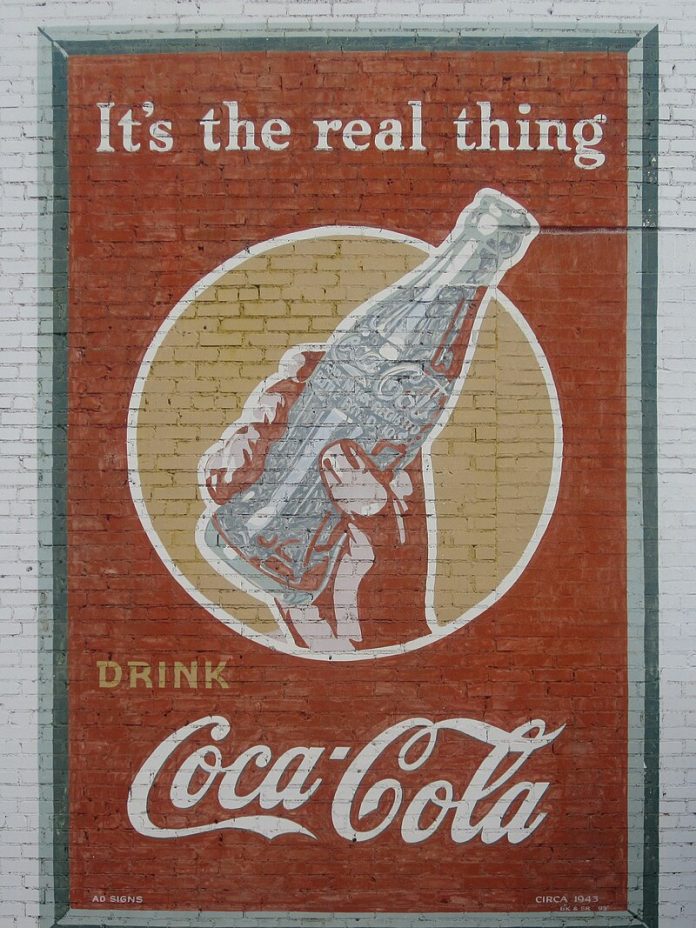On this 29th of May in 1886, John Pemberton, a pharmacist, placed the first advertisement for a new drink he had invented, in the Atlanta Journal. Originally called Pemberton French Wine Coca, he took out the alcohol – due to temperance restrictions back then in force – but kept in a smidgen of cocaine, as a healthier substitute (!) for the morphine to which he had become addicted, after a saber wound in the Civil War (Pemberton fought on the Confederate side, of course). Cocaine and wine – a winning combination to spruce up one’s day. Don’t laugh: There was a popular concoction in Italy with just those ingredients, called Vin Mariani – 6 mg of cocaine per fluid ounce of wine. This was enjoyed, apparently, in moderation, of course, by Popes Leo XIII and Pius X. So Pemberton wasn’t far off the mark, at least for his time. But what made Pemberton’s concoction different was that he also, by accident one day, added carbonation – that is, carbon dioxide – a process which had been invented in the previous century by Joseph Priestly (who also discovered oxygen). The name finally adopted for the fizzy beverage was Coca-Cola, the current, classic version of which has neither wine nor cocaine, but each can does have 39 grams of sugar. To put that into perspective, a teaspoon of sugar is 4 grams – so that is like putting ten teaspoons of sugar into your mug of coffee. Liquid calories are insidious. There are about 1.9 billion ‘servings’ of Coke sold each day, often downed with fries, burger and doughnuts (or donuts, for our American readers). No wonder obesity and diabetes are health crises of our era, even amongst children.
Mired in poverty towards the end of his life, John Pemberton sold the rights to his beverage for $300. The current net revenue of Coca-Cola is about $45.8 billions. Pemberton did not live to regret the loss of potential income, but I’m sure his descendants did.
Is Coca-Cola a good thing? I don’t drink ‘pop’, in general, except perhaps for the occasional bit of very diluted ginger-ale, or when social necessity requires. I suppose children enjoy such beverages, as a treat, but, for adults, as Belloc wrote, a sip or two of good, red wine is much more Catholic. Or even fresh, spring-or-deep-well water. None of this chlorinated citified tap water filled with who-knows-what other chemicals and hormones, that is about as drinkable as a swimming pool.
For those of a certain vintage, here is a vintage ad – hard to believe it’s over half-a-century old – singing of the ubiquity of Coca-Cola, and how it has brought the world together. Everywhere you go, you can always buy the world a Coke: Would that it were all so easy…










